Home>Ideas and Tips>The Da Vinci Dome Perfect Ceiling Proportions
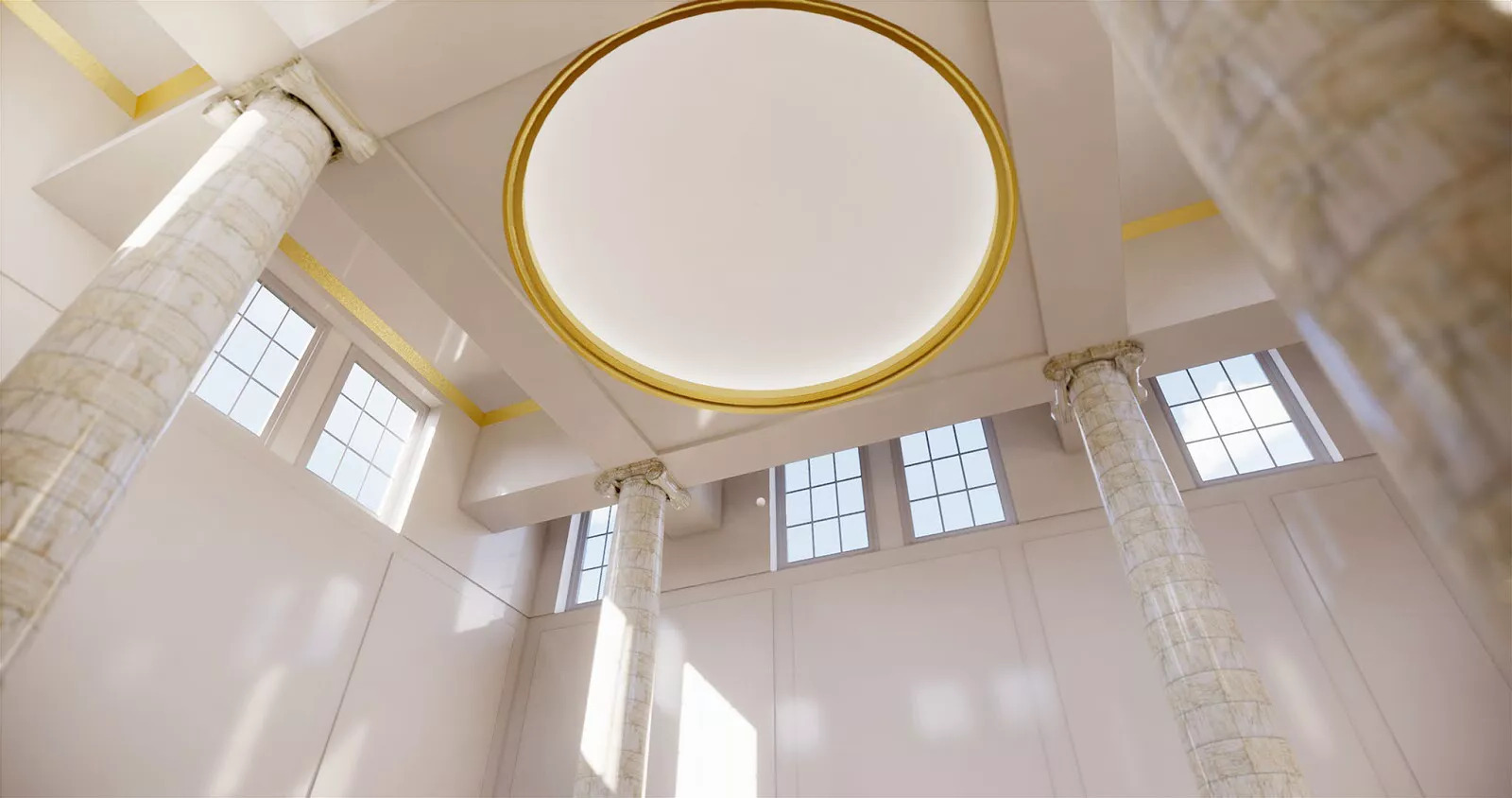

Ideas and Tips
The Da Vinci Dome Perfect Ceiling Proportions
Modified: October 28, 2024
Discover how Leonardo da Vinci's architectural genius influenced perfect ceiling proportions, blending art and science in iconic structures like the Florence Cathedral dome.
(Many of the links in this article redirect to a specific reviewed product. Your purchase of these products through affiliate links helps to generate commission for Storables.com, at no extra cost. Learn more)
Leonardo da Vinci, one of the most renowned figures in human history, left an indelible mark on various fields including art, science, and architecture. His contributions to the realm of architecture are particularly fascinating, especially when it comes to the design and proportions of ceilings. This article delves into the world of da Vinci's architectural endeavors, focusing on the concept of perfect ceiling proportions and how they were influenced by his work on the iconic Florence Cathedral dome.
Introduction to Leonardo da Vinci
Leonardo da Vinci (1452-1519) was an Italian polymath who excelled in painting, sculpture, engineering, mathematics, anatomy, and architecture. His work spanned multiple disciplines, often blurring the lines between art and science. Da Vinci's fascination with human proportions and geometric shapes is evident in his most famous drawing, the "Vitruvian Man," which visualizes the ideal proportions of the human body as described by Vitruvius in his treatise "De architectura."
The Florence Cathedral Dome
One of da Vinci's most significant architectural contributions is his involvement in the construction of the Florence Cathedral dome. The project, initiated by Filippo Brunelleschi in 1420, was a monumental undertaking that would become one of the most iconic landmarks in Florence. Brunelleschi's innovative designs and engineering solutions made the dome a marvel of its time.
Filippo Brunelleschi: The Architect and Engineer
Filippo Brunelleschi (1377-1446) was a Florentine architect, sculptor, engineer, and inventor. He is best known for designing the central structure with the monumental dome for the Cathedral of Florence. The dome, completed in 1468, remained the world's largest dome construction until the 19th century. Brunelleschi's inventions, such as a gear system for construction cranes and a special ferry for transporting heavy marble blocks, significantly advanced the construction process.
Da Vinci's Involvement
Although Brunelleschi passed away in 1446, da Vinci was likely involved in the final stages of the project. The workshop of his master Andrea del Verrocchio was tasked with installing the gilded copper sphere on the cathedral's dome in 1468. As a student of Verrocchio's workshop, da Vinci would have been involved in these efforts, contributing to the completion of this architectural masterpiece.
Geometric Forms and Proportions
The design of St. Peter's Basilica in Rome, another iconic structure influenced by da Vinci's work, exemplifies his understanding of geometric forms and proportions. The basic idea behind St. Peter's Basilica is a central building that unites basic geometric forms like cubes, cylinders, spheres, and pyramids. This elementary reduction is typical for the Renaissance period and especially for da Vinci.
The Vitruvian Man
Da Vinci's "Vitruvian Man" drawing represents an ideal proportion based on Vitruvius' discussion in "De architectura." The drawing visualizes an idea that perfect proportions exist and that there is a singular correct—and desirable—set of measurements for buildings. The "Vitruvian Man" measures slightly smaller than a sheet of printer paper at 343 x 245 mm (approximately 13 1/2 x 9 3/4 inches). It features a single male figure standing with his hands and feet resting on the edges of both a circle and a square.
Ideal Proportions
Vitruvius wrote that a circle and a square could be drawn centered from the navel of an outstretched human figure. To achieve this, da Vinci doubled the man’s limbs so that one set of arms reaches the circle while the other reaches the square. The sparseness of the drawing contributes to its diagrammatic quality, emphasizing clarity over aesthetics. The absence of color or any description of a spatial setting indicates that the viewer should read this image as informational rather than aesthetically pleasing.
Da Vinci's Anatomical Studies
Da Vinci's anatomical studies were another significant aspect of his work that influenced his architectural designs. His detailed dissections and application of the laws of physics to human anatomy demonstrate his multi-faceted mind. These studies not only contributed to modern anatomy but also provided insights into human proportions, which were essential for architectural designs.
The Perfect Machine
Da Vinci's anatomical studies were part of a broader cultural interest in the idea of perfect proportions. Italian Renaissance art theory often took the perspective that good art could be dictated by a set of principles—and proportions. Da Vinci's effort to visualize Vitruvius’ written description of ideal proportions speaks to the greater cultural project of improving upon classical ideals.
Parametric Modeling in Da Vinci’s Architecture
Recent studies have analyzed da Vinci’s architecture through parametric modeling, providing new insights into his design methods. The article "Analysis of Leonardo da Vinci’s Architecture through Parametric Modeling: A Method for the Digital Reconstruction of the Centrally Planned Churches Depicted in Ms. B" discusses how da Vinci drew different architectural elements in various ways within the same drawing. This inconsistency between plan and perspective views highlights the complexity and nuance of da Vinci’s architectural designs.
Digital Reconstruction
The article uses a Visual Programming Language (VPL) script as the 3D base for digital reconstruction. It identifies different types of churches based on their architectural features, such as central octagonal spaces or four-lobed chapels. The parametric model allows for the modification of elements like pilasters and double arched windows, demonstrating how da Vinci’s designs could be adapted and refined using modern digital tools.
Conclusion
Leonardo da Vinci’s contributions to architecture are profound and multifaceted. His involvement in the construction of the Florence Cathedral dome, his understanding of geometric forms and proportions as seen in the "Vitruvian Man," and his detailed anatomical studies all reflect his commitment to achieving perfection in design. The use of parametric modeling in recent studies further underscores da Vinci’s innovative approach to architecture.
In conclusion, da Vinci’s work on ceiling proportions is not just a historical footnote but a testament to his enduring influence on architectural design. His emphasis on perfect proportions, as visualized in the "Vitruvian Man," continues to inspire architects and designers today. The Da Vinci dome stands as an iconic example of how geometric perfection can elevate a structure from mere functionality to an artistic masterpiece.
References:
- Nico Franz, "Leonardo da Vinci – Architecture of the universal genius"
- Smarthistory, "Leonardo da Vinci, “Vitruvian Man”"
- Amanda M. Cothern, "The Perfect Machine: The Reason behind the Anatomical Studies of Leonardo da Vinci"
- Vaienti B., Apollonio FI., Gaiani M., "Analysis of Leonardo da Vinci’s Architecture through Parametric Modeling: A Method for the Digital Reconstruction of the Centrally Planned Churches Depicted in Ms. B."
Was this page helpful?
At Storables.com, we guarantee accurate and reliable information. Our content, validated by Expert Board Contributors, is crafted following stringent Editorial Policies. We're committed to providing you with well-researched, expert-backed insights for all your informational needs.
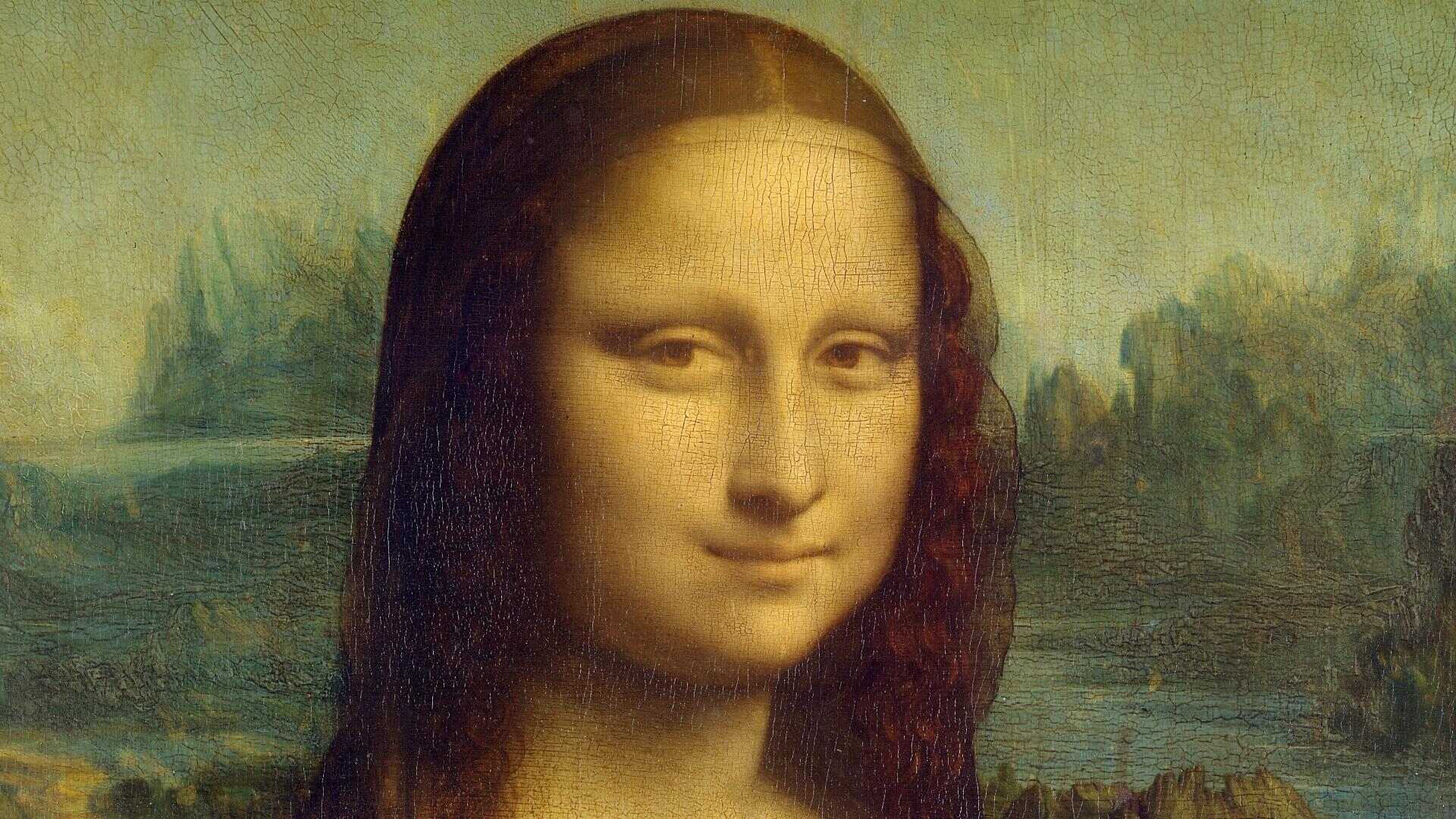

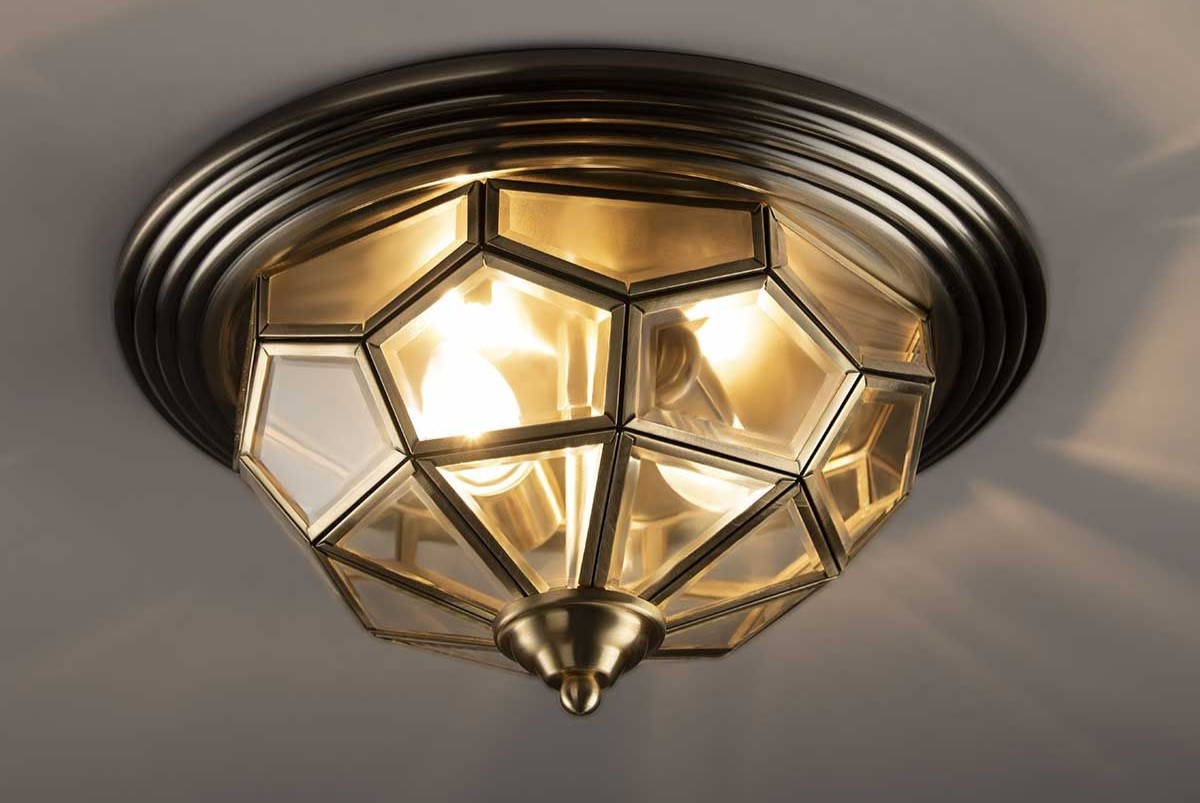
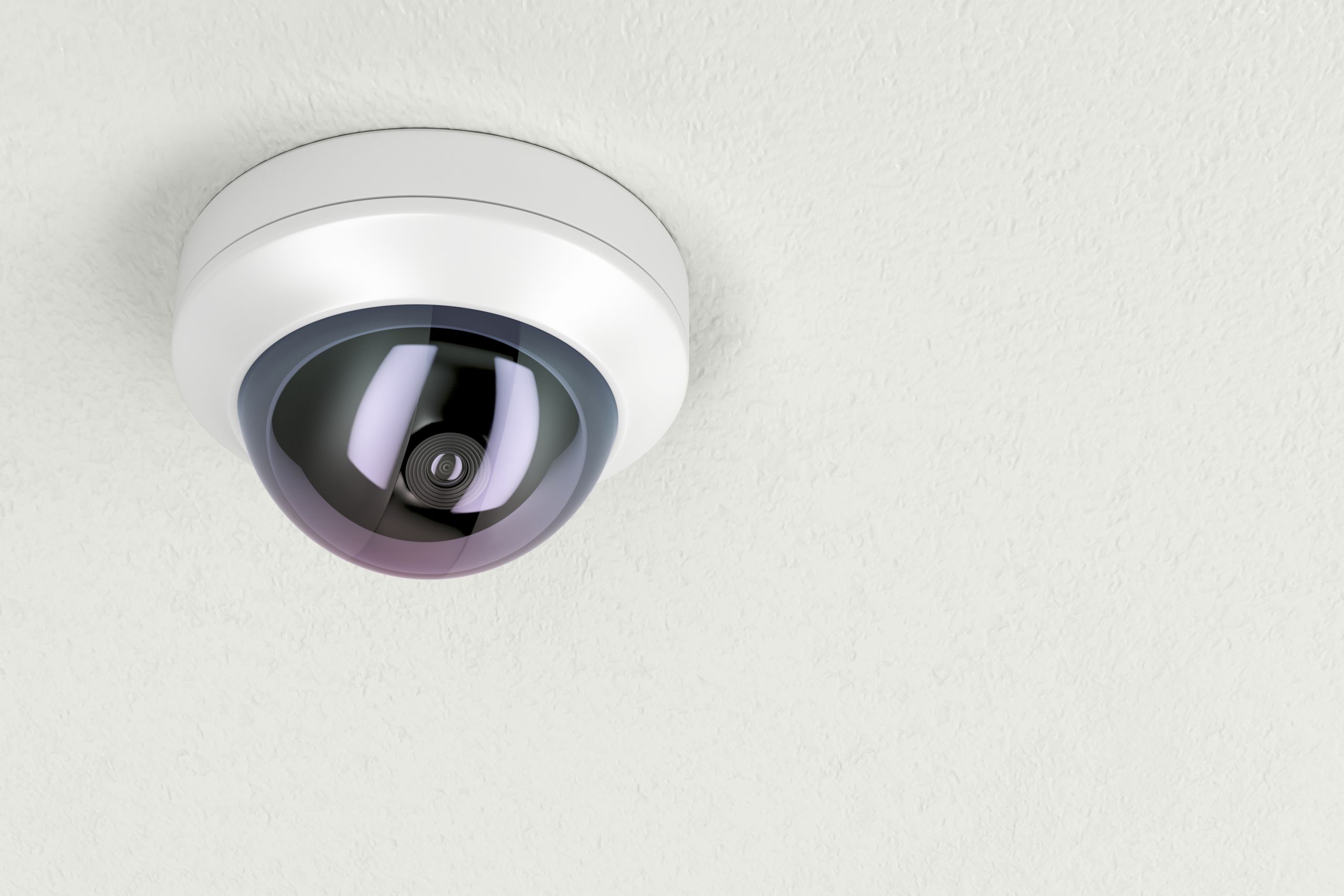
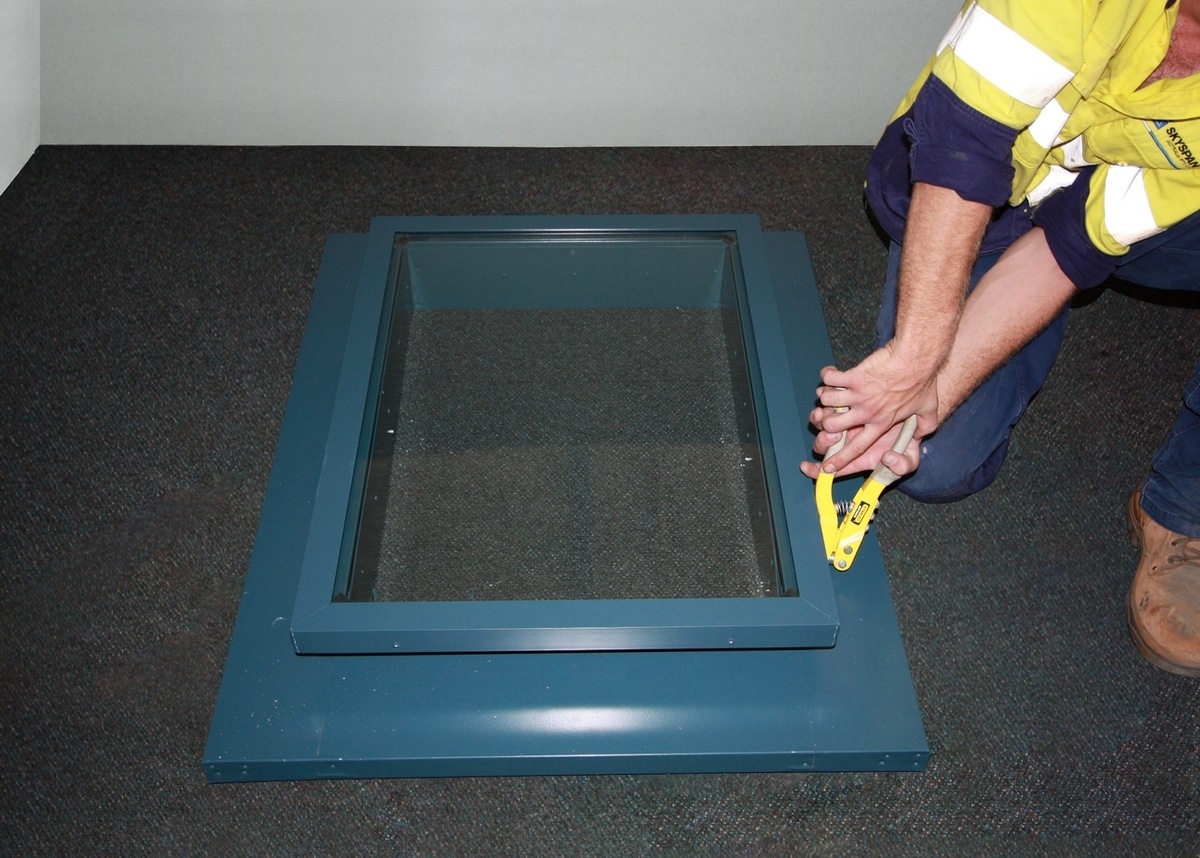




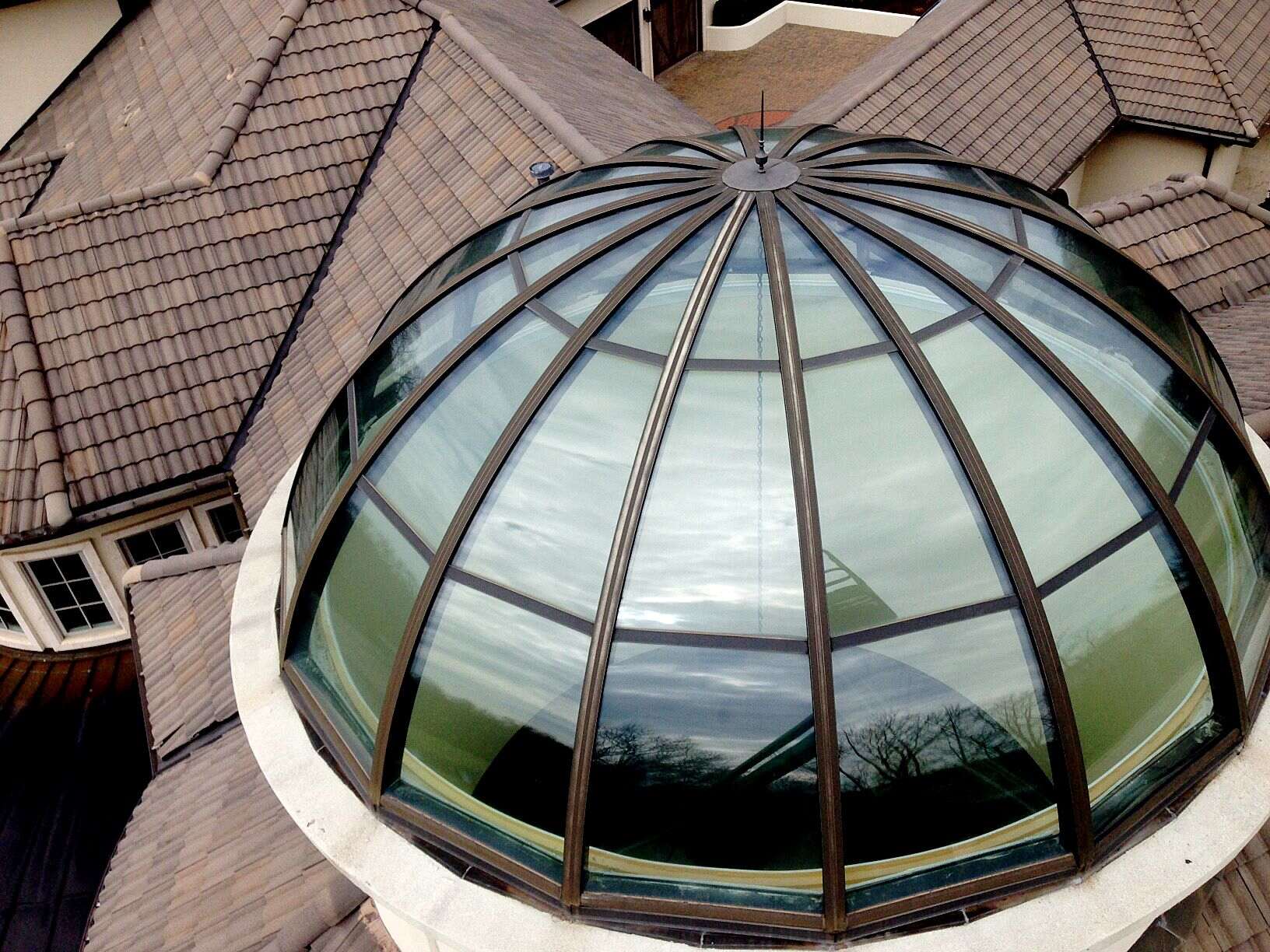




0 thoughts on “The Da Vinci Dome Perfect Ceiling Proportions”